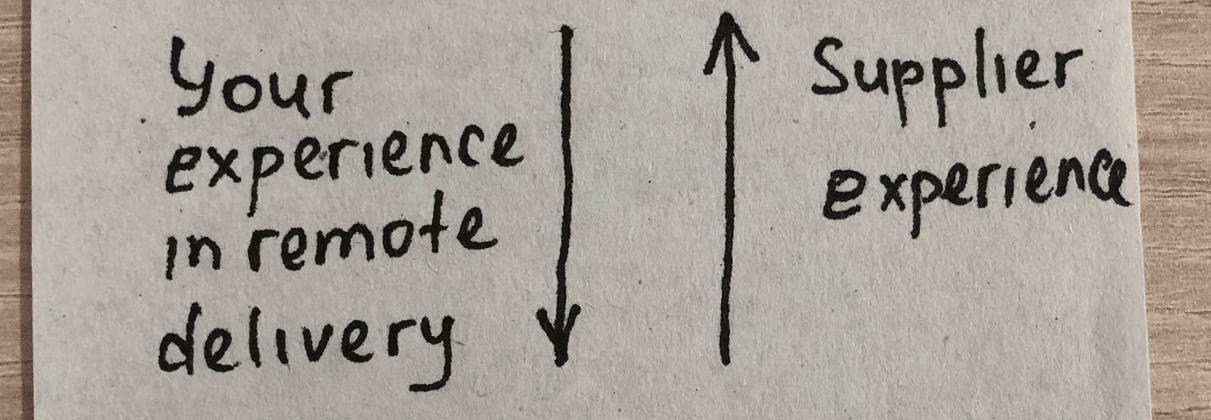What the Dedicated Development Team Is
Dedicated Team Members’ Skills and Composition
How to Choose the Best-fit Region for Software Outsourcing
How to Choose Optimal Software Development Contract Type
Ways to Manage and Control your Dedicated Development Team






























